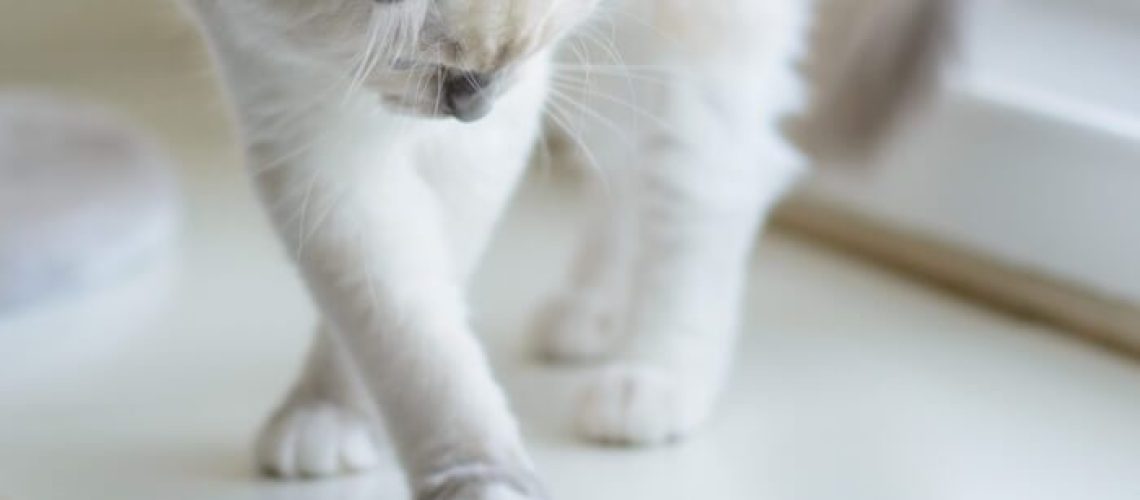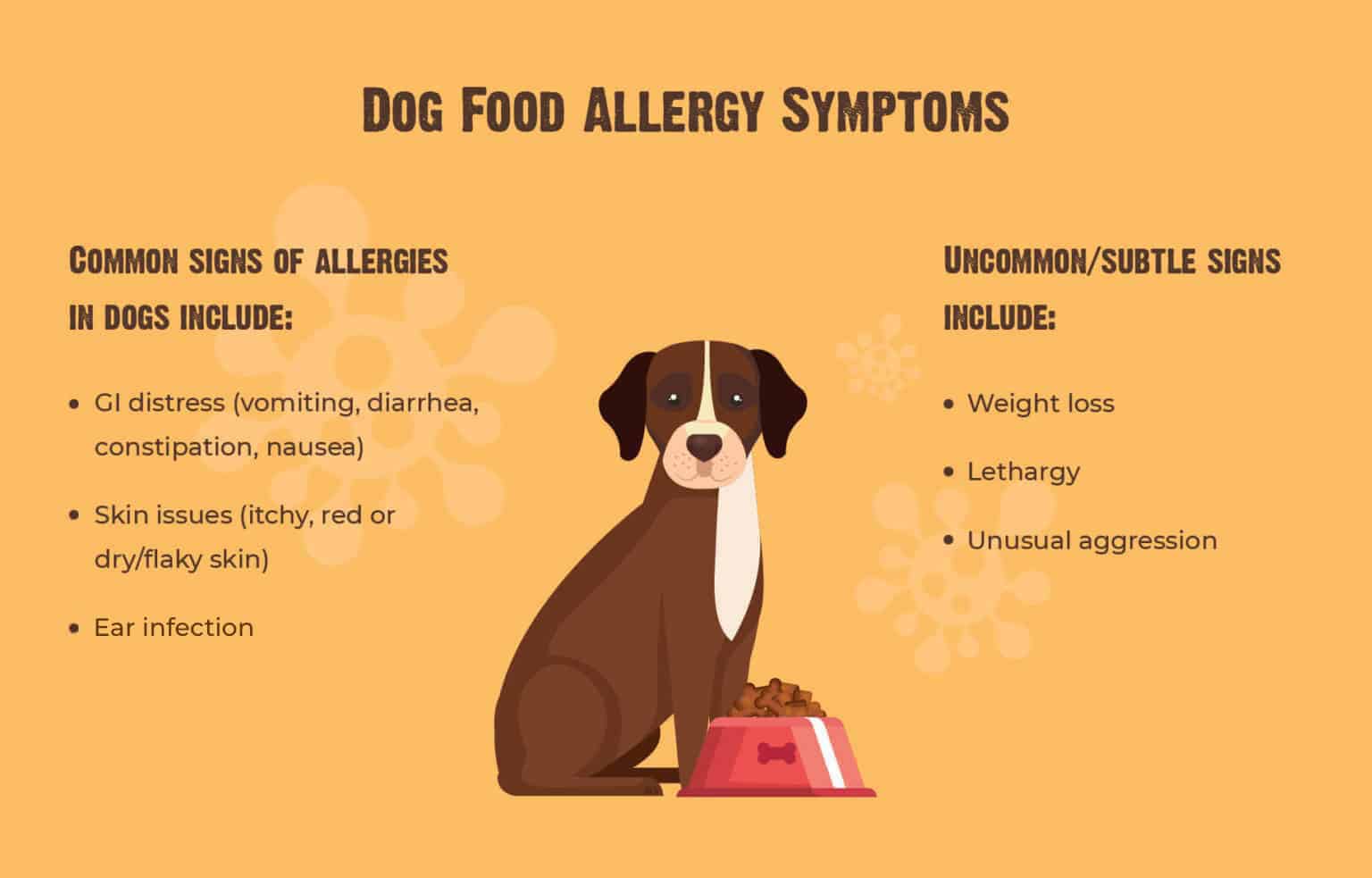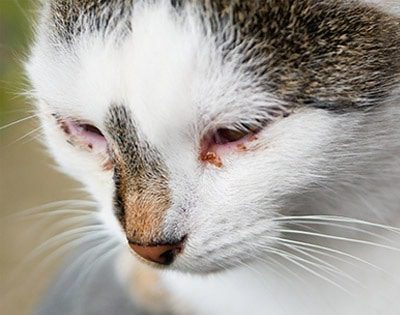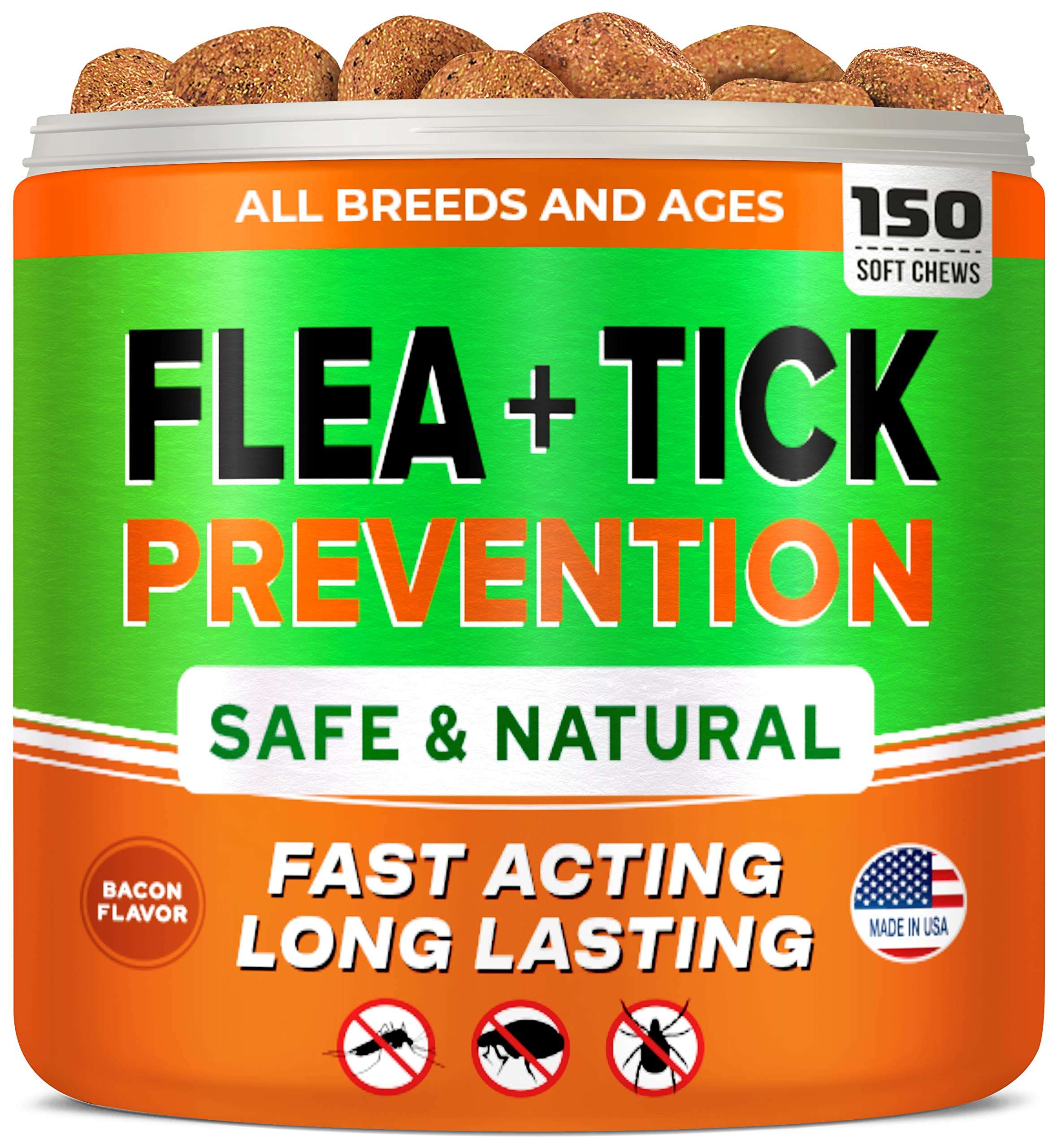Key Takeaways:
- 1. Neosporin can be used on cats, but only under veterinary guidance and supervision.
- 2. It is important to consult a veterinarian before using Neosporin on a cat to determine the appropriate dosage and application method.
- 3. Some cats may have adverse reactions or allergies to Neosporin, so it should be used cautiously and discontinued if any negative symptoms occur.
- 4. Neosporin should never be ingested by cats, as it can be toxic when consumed orally.
- 5. There are alternative cat-safe ointments and creams available that are specifically formulated for feline use, which may be a safer choice than using Neosporin.
Are you a cat owner who wants to keep their furry friend healthy and happy? If so, then understanding the topic of using Neosporin on cats is essential for you. This simple act of knowledge can save you from making a risky choice that could harm your beloved pet. In this article, we will explore whether using Neosporin on cats is a safe choice or a potential risk. By delving into this subject, you will gain valuable insights into how to best care for your feline companion. So let's dive in and uncover the truth behind using Neosporin on cats!
What is Neosporin and how is it used?
Neosporin is an over-the-counter antibiotic ointment that is commonly used to prevent infection in minor cuts, scrapes, and burns. It contains three active ingredients: neomycin, polymyxin B, and bacitracin. These ingredients work together to kill bacteria and help the wound heal faster. Neosporin comes in the form of a cream or ointment and is usually applied directly to the affected area.
To use Neosporin, first clean the wound with mild soap and water. Then, gently pat it dry with a clean towel or tissue. Next, apply a thin layer of Neosporin to the wound using a clean cotton swab or your finger. Make sure to cover the entire area of the cut or scrape. Finally, cover the wound with a sterile bandage if necessary.
It's important to note that Neosporin should only be used on external wounds and should not be ingested or applied inside body openings such as the eyes, ears, or mouth. If you have any concerns or questions about using Neosporin, it's always best to consult with a healthcare professional.
How does Neosporin work?
Neosporin works by killing bacteria that may be present in minor cuts or wounds. The active ingredients in Neosporin - neomycin, polymyxin B, and bacitracin - are all antibiotics that target different types of bacteria.
- Neomycin: This antibiotic prevents bacteria from producing proteins needed for their growth and survival.
- Polymyxin B: This antibiotic disrupts the outer membrane of certain types of bacteria, causing them to burst.
- Bacitracin: This antibiotic interferes with bacterial cell wall synthesis, leading to their death.
By combining these three antibiotics, Neosporin provides broad-spectrum coverage against various types of bacteria commonly found in minor wounds. It helps prevent infection and promotes faster healing.
When to use Neosporin?
Neosporin is typically used for small, superficial cuts, scrapes, and burns that are not deep or severe. It can be applied to minor injuries such as:
- Paper cuts
- Surface scratches
- Small insect bites
- Superficial abrasions
If the wound is large, deep, or shows signs of infection such as pus, redness, swelling, or increased pain, it's best to seek medical attention from a healthcare professional. They can assess the wound and determine if additional treatment is needed.
It's also worth noting that Neosporin should not be used on chronic wounds, surgical incisions, or puncture wounds. These types of injuries may require specialized care and should be evaluated by a healthcare professional.
Using Neosporin correctly and at the right time can help prevent infection and promote proper healing of minor cuts and wounds.
Is it safe to use Neosporin on cats for minor cuts or wounds?
Using Neosporin on cats for minor cuts or wounds can be safe, but it is important to exercise caution. Neosporin is an over-the-counter antibiotic ointment that is commonly used to prevent infection in humans. While it can also be used on cats, it should only be applied externally and in small amounts. It is crucial to avoid getting the ointment into the cat's eyes, nose, or mouth.
Why Neosporin may not be suitable for all cats
Not all cats react well to Neosporin. Some may develop an allergic reaction or experience skin irritation when the ointment is applied. If you notice any unusual symptoms such as redness, swelling, or excessive itching after applying Neosporin on your cat, discontinue its use immediately and consult a veterinarian.
Alternative options for treating minor cuts or wounds
If you are unsure about using Neosporin on your cat or if your cat has a sensitive skin condition, there are alternative options available. One option is to clean the wound gently with mild soap and warm water. You can then apply a pet-safe wound disinfectant recommended by your veterinarian. Another option is to use a natural remedy like calendula cream, which has soothing properties and promotes healing.
It is important to remember that while minor cuts and wounds can often be treated at home, if you notice any signs of infection such as pus, foul odor, or worsening of the wound despite initial treatment, it is best to seek veterinary attention.
Are there any risks or side effects of using Neosporin on cats?
Using Neosporin on cats carries some risks and potential side effects that pet owners should be aware of. Neosporin contains ingredients such as neomycin, polymyxin B, and bacitracin, which are generally safe for humans but may not be well-tolerated by cats.
Possible risks and side effects
Cats may develop an allergic reaction to Neosporin, resulting in symptoms like redness, swelling, or itching. In some cases, the cat may even experience difficulty breathing or develop hives. It is essential to monitor your cat closely after applying Neosporin and discontinue its use if any adverse reactions occur.
Precautions when using Neosporin on cats
To minimize the risks associated with using Neosporin on cats, it is crucial to follow certain precautions. Firstly, always consult with a veterinarian before using any medication or ointment on your cat. They can provide guidance based on your cat's specific needs and health condition. Secondly, only use a small amount of Neosporin and avoid applying it near the cat's eyes or mouth. Lastly, observe your cat for any signs of discomfort or adverse reactions after application.
Remember that every cat is unique, and what works for one may not work for another. If you have concerns about using Neosporin on your cat or if they have a pre-existing medical condition, it is best to seek professional veterinary advice before proceeding.
What are some other options for treating small injuries in cats?
While Neosporin can be used to treat minor cuts or wounds in cats, there are alternative options available that may suit your feline companion better.
Natural remedies for minor injuries
One alternative option is to use natural remedies that can help promote healing in cats without the potential risks associated with certain medications. For example, aloe vera gel has soothing properties and can aid in wound healing. However, it is important to ensure that the aloe vera gel used is specifically formulated for pets and does not contain any harmful additives.
Consulting with a veterinarian
Another option is to consult with a veterinarian who can provide specific recommendations based on your cat's needs. They may suggest using pet-safe wound disinfectants or prescribe topical ointments specifically designed for cats. Additionally, they can assess the severity of the injury and determine if further medical intervention is necessary.
It is crucial to remember that even minor injuries in cats should be taken seriously, as they can potentially lead to complications if left untreated. If you are unsure about the best course of action for your cat's injury, always seek professional veterinary advice.
How can you tell if your cat's wound needs a vet's attention?
Determining whether your cat's wound requires veterinary attention can sometimes be challenging. However, there are certain signs and symptoms that indicate it may be necessary to seek professional help.
Signs that warrant veterinary attention
If you notice any of the following signs in your cat, it is recommended to consult with a veterinarian:
- Excessive bleeding: If the wound continues to bleed heavily or does not stop after applying gentle pressure, immediate veterinary care is necessary.
- Deep or puncture wounds: Wounds that appear deep or have been caused by a bite or sharp object should be evaluated by a veterinarian.
- Signs of infection: If the wound becomes red, swollen, warm to the touch, or starts oozing pus, it may indicate an infection requiring medical treatment.
- Lethargy or loss of appetite: If your cat shows signs of being unwell such as lethargy, decreased appetite, or changes in behavior after sustaining an injury, it could indicate an underlying issue that requires professional attention.
Err on the side of caution
When in doubt, it is always better to err on the side of caution and seek veterinary attention. Veterinarians have the expertise to properly assess wounds, provide appropriate treatment, and prevent potential complications.
Remember that early intervention and proper wound care are crucial for your cat's well-being and overall health. By seeking veterinary advice promptly, you can ensure the best possible outcome for your furry friend.
Guidelines and precautions for using Neosporin on cats
If you decide to use Neosporin on your cat's minor cuts or wounds, it is important to follow specific guidelines and take necessary precautions to ensure their safety.
Proper application of Neosporin
When applying Neosporin on your cat, follow these guidelines:
1. Clean the wound: Gently clean the wound with mild soap and warm water before applying Neosporin. This helps remove any dirt or debris that may be present.
2. Apply a thin layer: Use a cotton swab or clean finger to apply a thin layer of Neosporin directly onto the wound. Avoid applying excessive amounts as it may impede healing.
3. Prevent ingestion: Ensure that your cat does not lick or ingest the Neosporin by distracting them with treats or using an Elizabethan collar if necessary.
4. Monitor for adverse reactions: Keep a close eye on your cat after applying Neosporin for any signs of allergic reactions or skin irritation. If any adverse reactions occur, discontinue its use immediately.
Consulting with a veterinarian
Before using Neosporin on your cat, it is advisable to consult with a veterinarian who can provide personalized guidance based on your cat's specific needs. They can advise you on proper dosage, frequency of application, and potential interactions with any other medications your cat may be taking.
Remember that while Neosporin can be beneficial in preventing infection, it is not a substitute for professional veterinary care. If your cat's wound does not show signs of improvement within a few days or if you have any concerns, it is always best to seek veterinary advice.
Should you consult a vet before using Neosporin on your cat?
Consulting with a veterinarian before using Neosporin on your cat is highly recommended. While Neosporin is generally safe for humans, cats may react differently to its ingredients, and their unique physiology requires special consideration.
The importance of veterinary guidance
A veterinarian can provide valuable insights and recommendations regarding the use of Neosporin on your cat. They will consider factors such as your cat's overall health, any pre-existing conditions, and potential interactions with other medications.
Professional assessment and alternative options
By consulting with a veterinarian, you can ensure that the treatment plan aligns with your cat's specific needs. They may suggest alternative options or prescribe topical ointments specifically formulated for cats. Additionally, they can assess the severity of the injury and determine if further medical intervention is necessary.
Remember that veterinarians have extensive knowledge and experience in treating feline injuries. Their expertise ensures the safety and well-being of your beloved pet. Therefore, it is always wise to seek their advice before using any medication or ointment on your cat.
In conclusion, using Neosporin on cats may not be a safe choice. It is important to consult a veterinarian for proper treatment options to ensure the well-being of our feline friends.
Is Neosporin safe for cats wounds?
Yes, it is safe to use Neosporin on pets for minor cuts, scrapes, or abrasions. However, it should not be used internally or on large deep wounds, and should never be applied inside the ears or eyes.
Should I put antibiotic ointment on my cat?
It is important to only use topical treatments for your cat if instructed by your veterinarian, as certain chemicals that may seem harmless can actually harm tissues and slow down the healing process. Pain medication can be given to your cat to help with their comfort and aid in the healing process.
What is safe to put on a cat wound?
Items needed for wound care include antiseptic solution such as povidone-iodine or chlorhexidine diacetate, saline solution, bandage tape, and curved tipped syringes for flushing wounds.
Can I put Neosporin on my cat's spay incision?
If you see that the kitten's surgical cut is becoming red and swollen or moist, you can gently apply a small amount of Neosporin on the surface of the cut once a day for 3-5 days. If the Neosporin doesn't improve the healing and drying of the cut, please inform OPHS Kitty City because the kitten might require oral antibiotics.
What happens if my cat licks Neosporin?
Neosporin can have harmful effects if ingested, especially for cats. While it is safe for humans to use, the active ingredient, neomycin, can cause negative reactions in cats, such as vomiting, diarrhea, and reduced appetite.
What ointment is safe for cats open wound?
To minimize the possibility of infection, it is important to disinfect and maintain cleanliness of your cat's wound. It is advisable to avoid using antibiotic ointments like Neosporin that are meant for humans. Instead, opt for a pet-friendly product like Bacitracin to ensure proper hygiene.

















